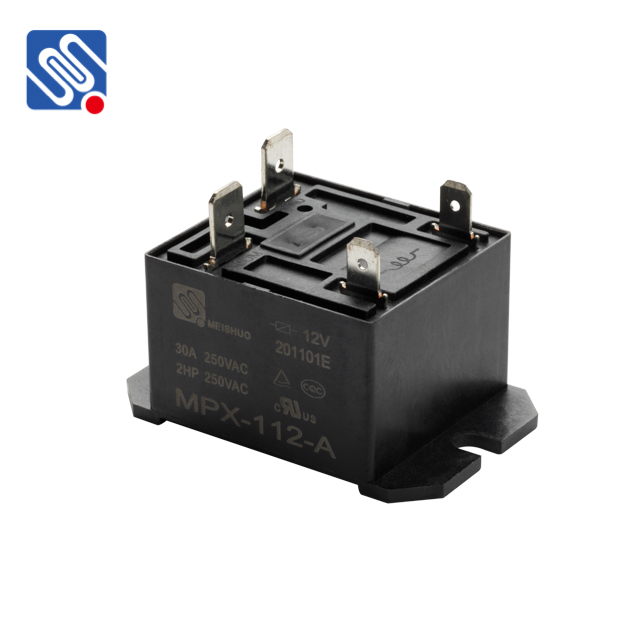Relays are essential components in electrical systems, used to control the flow of electrical current to other devices. Their wide range of applications spans from industrial control to automotive, telecommunications, and consumer electronics. To ensure that relays function effectively, reliably, and safely, various industry standards have been established. These standards provide guidance on performance, safety, testing, and materials used in the manufacture of relays. In this article, we will explore the key relay industry standards that influence the design, testing, and use of relays.

IEC 61810 – Electromechanical Relays Standard The International Electrotechnical Commission (IEC) provides one of the most widely recognized sets of standards for relays. IEC 61810 specifically addresses electromechanical relays and their applications in different industries. This standard lays down the requirements for both the performance and reliability of relays, focusing on key aspects such as electrical and mechanical endurance, temperature range, switching characteristics, and insulation resistance. IEC 61810-1, for instance, is the general standard that applies to relays used in industrial, telecommunication, and general-purpose applications. It sets the performance expectations for different types of relays based on their functional requirements. In addition to providing performance criteria, it also details the necessary testing procedures to verify the reliability and durability of relays in various operational environments.